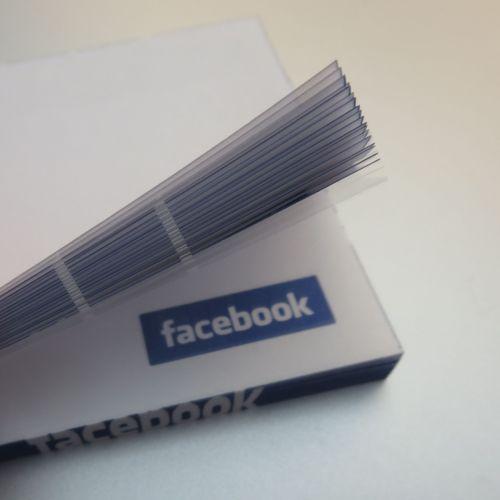
Over the past few days, Topic A on Twitter has been the fatal shooting of unarmed black teenager Mike Brown by police in Ferguson, Missouri, and the ensuing protests and the police response.
For much of that time, Topic B has been “Why hasn’t this been Topic A on Facebook?”
Sociologist Zeynep Tufekci asked that in a post on Medium. Why, she asked, would one social network apparently ignore the biggest topic on another network?
The disparity didn’t last long, she wrote, but what if Twitter’s unfiltered feed hadn’t helped this discussion take off? “Would it ever make it through the algorithmic filtering on Facebook? Maybe, but with no transparency to the decisions, I cannot be sure.”
What feeds your News Feed?The first thing to know about the Facebook News Feed is that it contains multitudes. Not only do we each get our own individual feed, but the math Facebook uses to prioritize the inevitable information overload is opaque and changes often.
The overriding principle, prioritizing “posts from friends, Pages and groups you interact with the most, as well as other popular stories,” leaves Facebook great flexibility to rank different interactions (does a share outrank a like?) and to define “popular.”
If you post something on Facebook that its formulas deem unworthy of friends’ feeds, you will know that only from a lack of feedback.
But there is a way to get more direct feedback: If you create a public page separate from your personal profile, Facebook will say exactly how many people saw its updates.
I’ve had such a page since 2009, and my posts there usually get to a low fraction of the almost 2,500 who like the page. But a question I posted Sunday night about the prominence of Ferguson news in readers’ feeds, using the trending #Ferguson hashtag, reached 162,048 people in 12 hours.
Maybe Ferguson is now as popular a topic on Facebook as on Twitter? Maybe I should use hashtags more? Maybe this was luck? I don’t know. And people with far larger Facebook audiences than mine seem as confused.
Perhaps Facebook isn’t the best place for discussing hard news. One St. Louis-area journalist who has essentially turned her Twitter feed over to #Ferguson, Staci D. Kramer, noted in an email that while she’d seen Ferguson comments “from fewer than 10 percent” of her Facebook friends, she had been part of that trend.
“I’ve barely posted anything on FB about Ferguson; instead sticking to more personal things,” she wrote. “I think of Twitter first for breaking news.”
Twitter policy changes: Don’t tell, don’t askAt Twitter, there’s no mystery about what fills your timeline; advertisers’ promoted tweets aside, it’s a reverse-chronological list of what people you follow tweeted and retweeted.
But while Twitter doesn’t make its members decode any mystery math, it can annoy them by changing its rules without explanation.
Last December, for instance, Twitter weakened its block function, the option to lock an abusive tweeter out of most interaction with your account, in a way that would let a harasser continue to abuse people in front of their friends. After a few hours of outrage, Twitter restored the old policy.
Then, a few days ago, some Twitter members started seeing some tweets that had only been favorited, not retweeted, by people they follow. That’s a major change to feature many of us employ as a polite form of acknowledgement.
But what seems a limited test has proceeded without official notice beyond a September post about the importance of constant experimentation. Facebook members have seen this movie before — remember when you were all irate over it tweaking proportions of happy and sad stories in some of your News Feeds for sociological research?
What’s due: transparency and feedbackFree sites change their rules and features all the time, but a social network — something that would shut down without interconnected people to fill it with things to read, watch, and hear — owes more to people.
One thing it owes its members: to not leave them guessing about the rules or when they’ve changed. Here, Twitter could learn from Facebook, which since 2009 has been showing us what text has been deleted or removed from its terms of service.
Another should be transparency of technology. If you do have opaque algorithms governing what people can see, you can at least give people a hint about the output of that math. In this case, Facebook could learn from Twitter.
Last summer, Twitter opened its analytics to anybody on the service: Visit ads.twitter.com when you’re logged in, click the Analytics header and select Tweet activity from that menu to see how many people saw each tweet and how many interacted with it in some way.
You may not like the results, but at least you can know what they are. And then try to get a protest campaign trending if you don’t.


